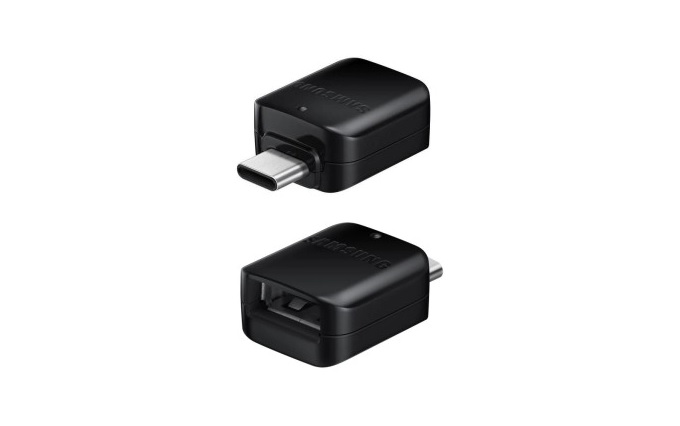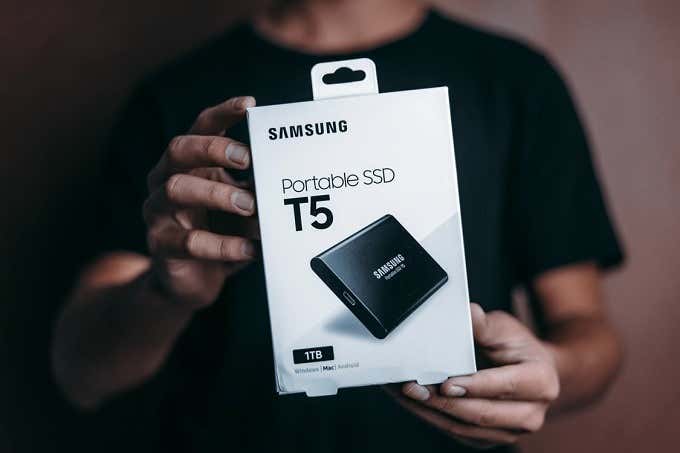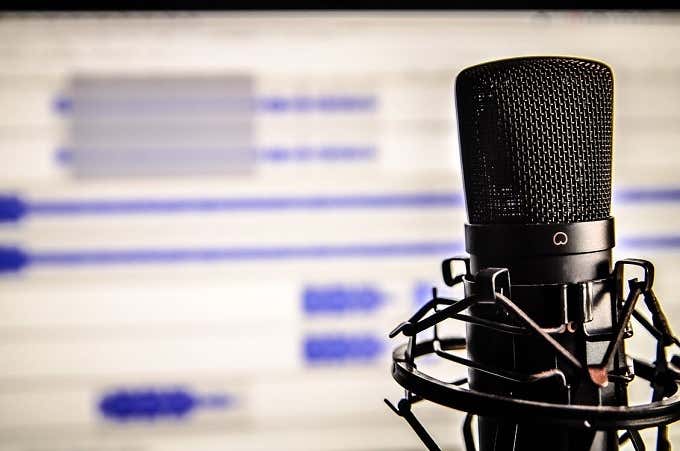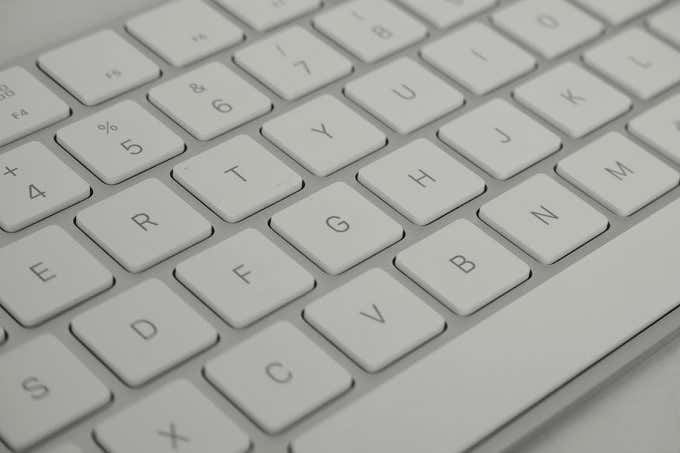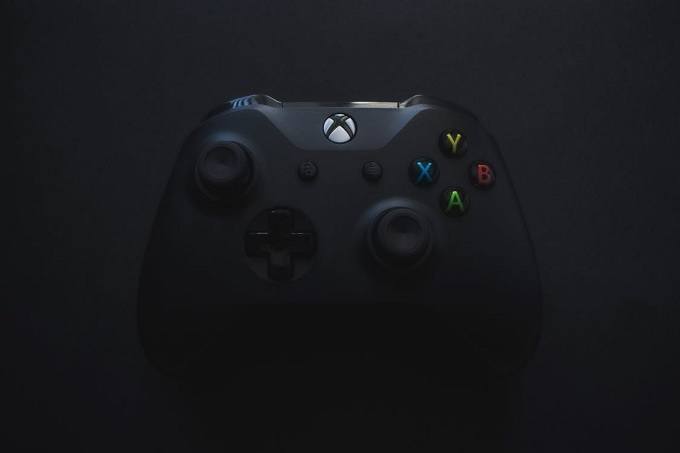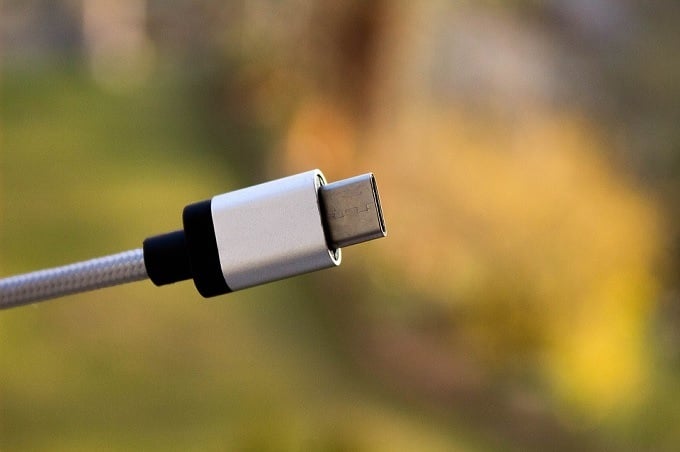Thanks to technology such as USB-C, the port on your smartphone is a massive, multi-lane, bi-directional highway. Just like your laptop or desktop computer, it’s possible to connect all sorts of peripherals that expand the functionality of your device. That’s in addition to all the wireless goodies!OTG or On The Go accessories refer to the OTG standard for smartphone USB ports. Early smartphones had a one-way relationship with whatever you plugged into them. They could never play the “host” for devices the way that a computer does. The phone was basically seen as a smartphone accessory itself. Phones that support OTG (which includes nearly all modern phones) can act as both a host and a client, depending on what you hook them up to. USB-C is becoming the standard quickly and is the most seamless implementation of OTG, but many fairly recent phones that still use the older micro-USB port also work with OTG devices, albeit with less available power and less bandwidth.
External Storage
Support for external storage is quite possible the biggest deal when it comes to on-the-go phone goodies. You can now buy OTG flash drives that already have a USB-C or Micro USB port out of the box. Simply plug them into your mobile device and access the files from the file system or an app directly. Wireless file transfer is an amazing convenience, but it is orders of magnitude slower than simply plugging a USB drive into your phone and blasting through a file transfer.Mechanical external hard drives also work pretty well, but in general a phone won’t give out enough power to operate one. So you might need a powered hub to make this setup work. With a large tablet such as the 2018 iPad Pro 12.9”, we had no issue getting a portable hard drive to work. After reformatting it from NTFS to exFat, that is.
External Microphones & Cameras
The mics and cameras that are built into modern smartphones are incredibly impressive, but there is only so much you can do within the allotted space. The good news is that if you have a good quality USB microphone, you can use it as an OTG device. That allows you to, for example, record your latest podcast episode on something that sounds amazing, rather than something recorded inside a tin can.Another interesting possibility is the connection of external camera equipment. There are now products out there that let you attach a third-party camera to your phone for specialized uses. The Insta360 cameras, for example, are an affordable way to turn your phone into a 360-video machine. However, this is not yet something that’s natively supported by mobile operating systems. A companion app is generally required to operate these cameras once plugged in.
Keyboards, Mouses & Monitors
Yes, it’s possible to basically turn your phone into a desktop computer by attaching the classic peripherals that normally plug into a beige box. Using a USB-C hub with the right ports, you can be clicking away at a website or writing your masterpiece novel in no time. Of course, you’ll have to deal with mobile interfaces. Android has native mouse support and iOS recently added it in an experimental fashion, but bespoke solutions such as Samsung Dex or a third-party desktop environment app for Android could go a long way to make this a feasible way to satisfy your computing needs.
Game Controllers
iOS13 recently added support for Xbox One S and PS4 controllers, but on the Android side of things you can actually hook up either of these pads using USB OTG technology. In our testing game support for this was pretty widespread, although not as universal as Apple’s MFi standard has enforced on the other side of the fence. For Android users, it’s as simple as using an OTG adapter and a short micro USB cable and you’re ready to play. Combined with a nice gamepad phone mount, and you’ve got a pretty great handheld gaming solution!
Weird, Niche, Yet Useful Things
Since USB-C is such a universal and versatile technology, you can hook up some things that may not be obvious, but turn out to be quite cool. For example, USB-C monitors are paper thin laptop-sized displays that can work with your phone. What about a USB Midi controller to make music? Ethernet via USB is also possible, which is very weird but also useful in some cases. Have you ever considered connecting a printer to your phone? Depending on the model, it’s possible. Some DSLRs also allow for communication through your phone. With remote wired control for the device using an app.
What About iOS Users?
The situation for iOS users is a little more complicated than OTG use on Android. This is mainly because Apple has transitioned to USB-C from its own in-house Lightning standard. Whether something would work on-the-go via Lightning has been a bit of a gamble. People have had success using the Apple Lightning Camera Connection Kit and the newer USB 3 version. It’s always a good idea to use Google specific accessories and whether they work with this solution. Support for external storage on iOS devices is pretty recent, but we’ve seen plenty of confirmations that it works just fine with this kit. If you have an Apple device that natively uses USB-C, then you’re pretty much good to go!
Join The OTG Revolution!
While smartphones are absolutely amazing as standalone devices, you’re missing out on a lot if you ignore the potential of that unassuming little charging port. So go ahead and be bold, plug some smartphone accessories in and expand your mobile horizons.
